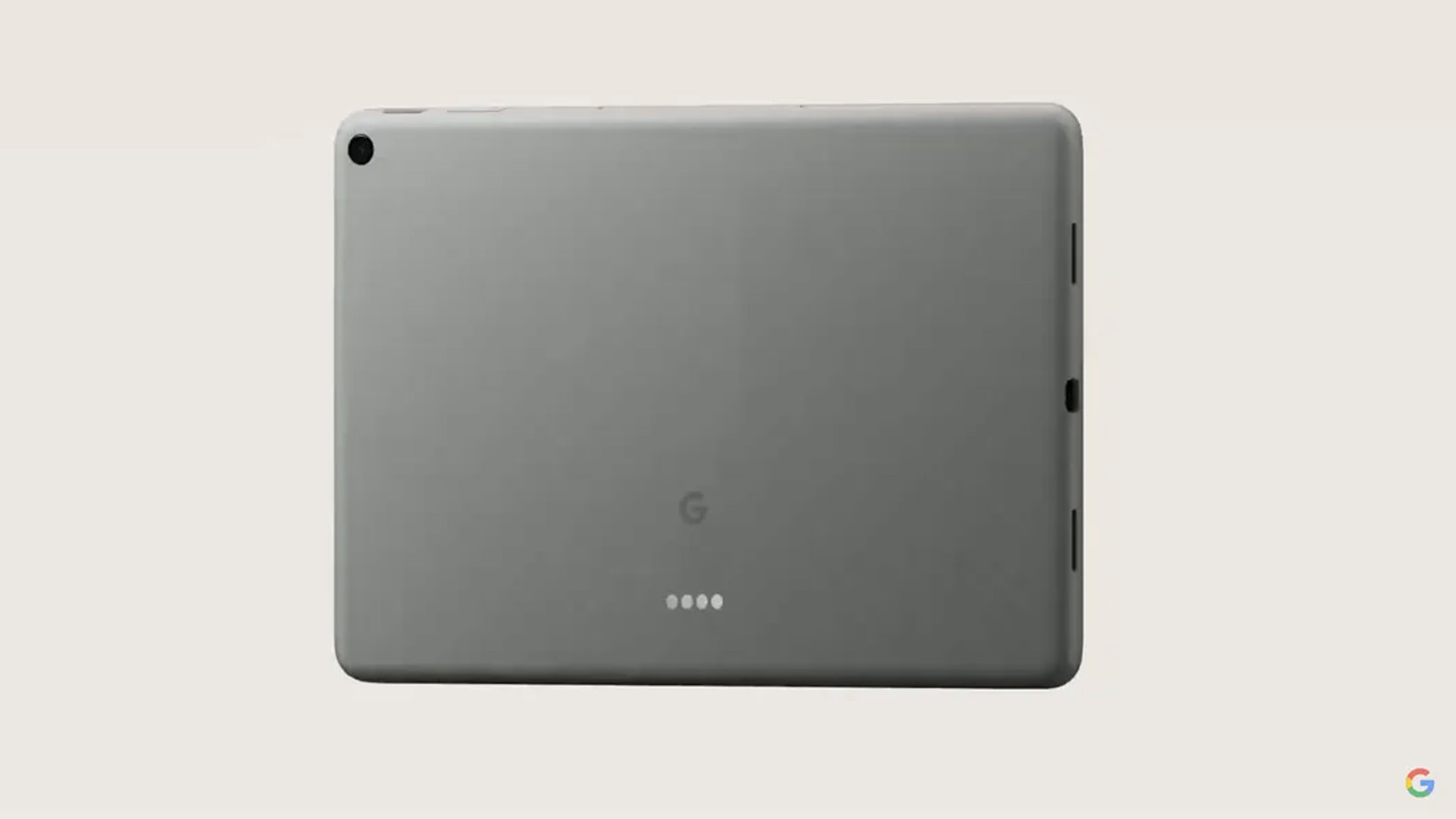Affiliate links on Android Authority may earn us a commission. Learn more.
A bunch of details surrounding the Pixel Tablet just dropped
September 2, 2022

- Some code-sleuthing has exposed several aspects of the Google Pixel Tablet specs.
- The device apparently will not have cellular connectivity and will be designed to exclusively stay at home.
- Theories about it doubling as a smart display appear to be correct.
In May this year, Google surprised us all by announcing the imminent launch of a Google-branded Android tablet. Likely coming in 2023, Google showed off what the tablet looked like in a series of images, one of which is shown above.
However, Google didn’t give much away about the new device. It certainly didn’t say anything about the Google Pixel Tablet specs. Thankfully, some code-sleuthing by Kuba Wojciechowski (Za_Raczke on Twitter) gives us a lot more insight into what we can expect.
Google Pixel Tablet specs: A stay-at-home tablet
According to code within the Android Open-Source Project (AOSP), the Pixel Tablet will not have any GPS hardware or a modem. This makes it pretty much locked to your home, as those two aspects make taking it away from a Wi-Fi connection essentially useless. The tablet will also lack a proximity sensor as well as a barometer, once again suggesting the tablet is not supposed to leave the house.
The code also suggests the Google Pixel Tablet will almost certainly use the first generation of Google’s Tensor chipset. This is interesting because when Rick Osterloh announced the tablet, he called it a “premium” device. If the Google Pixel Tablet specs include a last-generation chipset (the second-gen chip will have launched by 2023), that hardly translates to “premium.” Instead, this — combined with the lack of the other sensors — suggests an extremely affordable family-oriented device.
Now, earlier rumors suggest Google could be planning to make this tablet double as a smart display. Theoretically, the pogo pins on the back of the tablet would allow for you to snap it onto a base of some sort. When connected to that base, the tablet could act as a Google Nest Hub Max-like product. Then, when you needed a tablet, you could just snap it off. This would make the tablet not an iPad competitor but instead a new kind of smart home product.
Of course, that’s all speculation since we have zero evidence so far about this “base” product. Judging from this information from Wojciechowski, however, it seems it’s only a matter of time before we see it.
Thank you for being part of our community. Read our Comment Policy before posting.